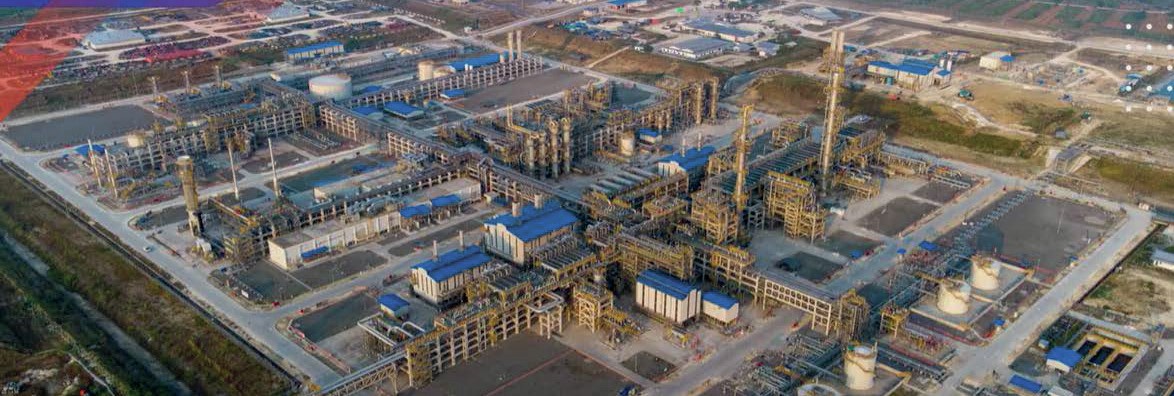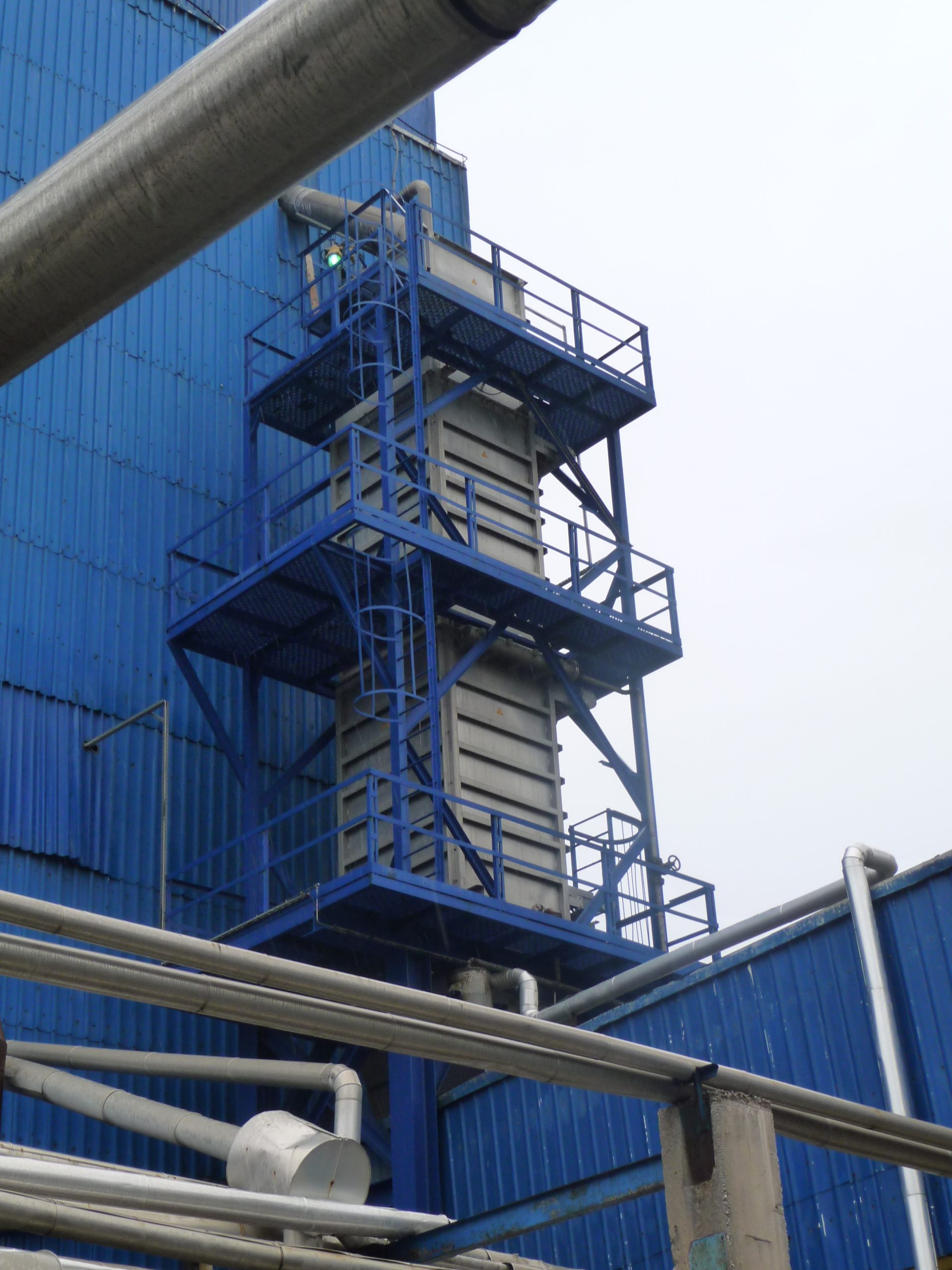Nitrogen+Syngas 380 Nov-Dec 2022

30 November 2022
Novel catalyst for H2 production in a low temperature range
ADVERTORIAL
Novel catalyst for H2 production in a low temperature range
Catalysts are of crucial importance in a number of chemical processes and hence, their quality has a direct impact on the efficiency and operating costs of chemical plants. This refers especially to ammonia production, since this process is energy-consuming.

The performance of water-gas shift section (WGS: CO+H2O CO 2 +H 2 ) is one of the crucial factors determining techno-economic operation of NH 3 plant as up to 20% of H 2 for NH 3 production is obtained via reduction of steam with CO over heterogeneous catalysts. Due to the fact that WGS reaction is exothermic, CO conversion and equivalent H 2 production are favored at lower temperature. Moreover, that leads to the lower H 2 loss at methanation stage and decreased inert content in NH 3 synthesis loop. It implies the key role of low-temperature WGS (LTS) catalyst.
The catalyst applied to run this reaction is one of the highest total cost and moreover, it has strong impact on the total efficiency of industrial-scale NH 3 production. A typical LTS catalyst is based on the Cu/ZnO/Al 2 O 3 formula. The comparative study of LTS commercial catalysts shows small differences in composition and macro-properties. Each catalyst contains 3 main components: CuO (20-60 wt.%), ZnO (15-60 wt.%), Al 2 O 3 (10-40 wt.%) and all of these catalysts are offered in the form of cylindrical pellets. LTS reaction runs on Cu metallic and Cu/ ZnO interface. It is desirable to obtain Cu 0 in high dispersion during catalyst precursor preparation and activation, and to form the catalytic material into porous pellet with high accessibility of active phase (low diffusion limitations).
Apart from LTS reaction, methanol synthesis runs on CuZnAl catalyst which brings numerous detrimental consequences. Therefore, catalysts with better selectivity (methanol synthesis is significantly limited) are offered. Such products are doped with Cs and/or K compounds. These additions also improve catalysts’ self-protection against poisons.
Users’ expectations regarding LTS catalysts correspond to technological requirements aim to decrease energy consumption per product’s mass unit. Therefore, design of LTS products is focused on efficient catalysts operated at decreased steam/ gas ratio with high activity at the lowest possible temperature corresponding with the dew point (even <180°C).
A join R&D works carried out by Łukasiewicz – INS and Grupa Azoty S.A. (POIR.04.01.04-00-0002/19) are focused on a new catalyst for LTS process with the main goal to design a catalyst of favorable form and outstanding parameters (crush strength, bulk density, improved activity and thermal stability) and series of other properties which enable thermodynamically beneficial long-term performance in a low-temperature range. The innovation of novel LTS catalyst design is based on two pillars:


1) Sophisticated modification of the catalyst’s precursor formula as well as its synthesis and thermal treatment conditions. The results of investigations shows that the modification of the CuZnAl catalyst with La compound directly corresponds to the advantageous impact on its surface and pore structure resulting enhanced activity and thermal stability.
2) Modified catalyst’s pellet form leading to the reduced pressure drop through the converter.
Increased specific surface area and active Cu metal surface area of novel CuZnAlLa catalyst (comparing to the reference one) corresponds with higher activity at the temperature as low as 180°C (Fig. 1).
The change of catalyst body geometry from flat pellet into convex one leads to substantial Δp decrease – ca. 6% for typical axial LTS converter (Fig. 2).
The trial charge of the new La-modified TMC-3/1-Cs (TMC-3/1CsLa) catalyst has been in operation for over a year in NH3 plant. Operational data shows sharp exotherm profile, high activity and lower rate of the exotherm movement along the length of the catalyst bed comparing to the charge operated during the previous campaign (Fig. 3).

Analysis of TMC-3/1-CsLa operational data proves a very good performance and quality of the new catalyst. Thanks to this, better technological parameters (high degree of CO conversion, low deactivation rate) were obtained as compared to catalysts previously exploited in the same plant. The expected high-performance life-time of the new TMC-3/1-CsLa trial charge is very long.
Properties of novel TMC-3/1 catalysts
- High and stable activity due to optimized catalyst formula – Cu dispersed in specific oxide matrix,
- Alkali promoted catalyst with high selectivity, l Good poison retention at the inlet section of the bed, self-guarding properties,
- Convex pellet form available,
- High crush strength of fresh as well as catalyst pellets after reduction.
Benefits of novel TMC-3/1 catalysts
- Possible to carry out the LTS process under more thermodynamically favorable conditions with very low ATE, enabling the increase of CO conversion and larger H2 production,
- Suppressed H2 loss for by-product formation, l High crush strength and durability of catalyst pellets after reduction leading to the increased tolerance to operational upsets (multiple immediate shutdown and restart, wetting, flooding etc.),
- Low pressure drop due to the improved geometry of pellets,
- Low rate of the exotherm shift along the bed,
- Safe and long service life without catalyst replacement.





